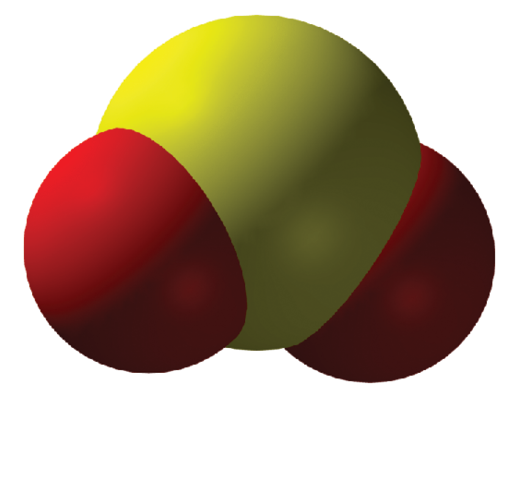 Sulfur dioxide, or SO2, has many benefits in winemaking and has been added to wine for centuries to act as a preservative. When you add SO2 to your wine, part of it will bind up with other wine components like acetaldehydes, polyphenols, and weakly, to sugars (contributing to “total SO2”) and some will remain free in solution to interact with oxygen, microbial membranes, etc. to help protect your wine. The “free SO2” can exist in three different forms: Bisulfite ion, sulfite ion, and molecular SO2. Additionally, free SO2 swimming around in your wine exists in two forms — molecular and bisulfite. It’s only the molecular SO2 that’s the most
Sulfur dioxide, or SO2, has many benefits in winemaking and has been added to wine for centuries to act as a preservative. When you add SO2 to your wine, part of it will bind up with other wine components like acetaldehydes, polyphenols, and weakly, to sugars (contributing to “total SO2”) and some will remain free in solution to interact with oxygen, microbial membranes, etc. to help protect your wine. The “free SO2” can exist in three different forms: Bisulfite ion, sulfite ion, and molecular SO2. Additionally, free SO2 swimming around in your wine exists in two forms — molecular and bisulfite. It’s only the molecular SO2 that’s the most
active operator here against microbes and the amount of free SO2 that exists as molecular can change widely based on the pH of your wine. Most experts agree that a molecular SO2 of 0.5 mg/L (or ppm) for red wines and 0.80 mg/L (or ppm) for whites is sufficient for antioxidant and antimicrobial protection. With molecular levels in that range, in my experience, it’s likely you’ll have enough bisulfite in the wine (from the SO2 added) to have decent antioxidant and anti-browning protection as well.
The lower the pH of your wine (the higher the acidity) the more molecular SO2 will be liberated while the higher the pH (the lower the acidity) the more free SO2 will exist in the bisulfite form. This is why it’s so important for winemakers to adjust free SO2 with pH in mind. If you just made adjustments to a specified free SO2 level, your level of protection could differ markedly between, say, a Sauvignon Blanc with a pH of 3.23 and a Cabernet Sauvignon with a pH of 3.78.
If you really want to calculate molecular SO2 by hand, here’s the formula:
Free SO2 = Molecular SO2 x (1 + 10pH-1.8)
If you don’t feel like doing that kind of “new old math” (and frankly, who does), just do what I do and go to the Internet. My favorite places for winemaking calculators include www.winebusiness.com/tools and www.winemakermag.com/guide/sulfite. Go first to the “Molecular SO2” calculator and put in your above parameters. When I did this using the Winebusiness calculator, I got that you needed a free SO2 of 31 mg/L to achieve a protective 0.50 mg/L molecular SO2. Then go back up to the calculator to figure out the addition needed to reach that 31 mg/L free SO2 depending on if you’re adding a liquid SO2 solution or a potassium metabisulfite powder. Since your starting free SO2 is 12 mg/L, you need to add an additional 19 mg/L to get to 31 mg/L free SO2. That’s the “target SO2 addition” that you put in.
When trying to achieve a molecular SO2 goal, keep in mind that high levels of free or molecular sulfur dioxide can be detectable once it gets much above 0.65 mg/L molecular, in my opinion. That’s why it’s great if you can get away with adding less because it’ll affect the bouquet of your wine in a much more limited way. For dry, malolactic-complete reds I try to stick with a molecular SO2 goal of 0.50 mg/L but with some whites, especially those that are malolactic complete, I go for 0.65 mg/L instead. Keep in mind that you’ll want more “active” molecular SO2 in solution if you have a refermentation risk like extra residual sugar, an off-dry wine, or a wine that hasn’t gone through malolactic fermentation. In the latter cases, the 0.80 mg/L level is recommended.




